What Is Provider Credentialing? A Complete Guide
- August 6, 2025
- 0 Comments
- Provider Credentialing
Provider credentialing is the process of verifying a healthcare professional’s qualifications, including licenses, education, and work history, before they can treat patients or bill insurance. It is essential for legal compliance, joining insurance networks, and getting paid.
Key Points:
- Who needs it? Doctors, nurse practitioners, physician assistants, group practices, and some facilities.
- Credentialing vs. Enrollment: Credentialing checks qualifications; enrollment allows billing. Both are required before seeing patients.
- Steps include: Filling out applications, gathering documents, submitting to payers, and going through primary source verification.
- Timelines: Usually takes 60–120 days, depending on the payer (Medicare, Medicaid, or commercial).
- Common challenges: Application errors, payer delays, expired documents, and missed follow-ups.
- Best practices: Start early, stay organized, keep documents updated, and follow up often.
- In-house vs. outsourced: In-house offers more control but takes time. Outsourcing can speed things up and reduce errors.
- Credentialing impacts revenue: Delays can stop billing and cause denials, hurting your practice’s cash flow.
- Never skip credentialing: Doing so leads to claim denials and lost income.
Introduction to Provider Credentialing
Provider credentialing is the process of checking a healthcare provider’s qualifications. This includes their education, training, licenses, and work history. It helps make sure that the provider is properly trained and allowed to treat patients.
Credentialing is not just a formality. It is a must before a doctor or healthcare provider can work with insurance companies. Without it, providers cannot bill payers or get paid for the services they give.
It also helps protect patients. When a provider is credentialed, it means they meet the rules set by hospitals, insurance plans, and state boards. This builds trust and keeps the healthcare system safe.
In short, credentialing is the first step for any provider who wants to treat patients and get paid by insurance.
Why Credentialing Matters
Credentialing is not just paperwork; it plays a big role in how a healthcare practice runs.
1. Legal and Billing Compliance
Credentialing helps you stay within the law. Insurance companies, hospitals, and government programs like Medicare require providers to be properly credentialed. If you skip this step, you could face billing issues, fines, or even legal trouble.
2. Access to Payer Networks
Without credentialing, providers cannot join insurance networks. That means they can’t bill insurance companies or be listed as in-network. Being in-network helps you reach more patients who rely on their insurance to choose doctors.
3. Impact on Practice Revenue and Reputation
When you are credentialed, you can start billing payers and receiving payments. This directly affects how much money your practice makes. Also, being part of trusted networks boosts your reputation. Patients are more likely to trust and choose credentialed providers.
In short, credentialing is key to staying compliant, getting paid, and growing your practice.
Who Needs to Be Credentialed?

Most people think credentialing is only for doctors, but it covers more than that.
Individual Providers
Any healthcare professional who wants to treat patients and bill insurance needs to be credentialed. This includes:
• Medical Doctors (MDs)
• Doctors of Osteopathy (DOs)
• Nurse Practitioners (NPs)
• Physician Assistants (PAs)
These providers must go through the credentialing process to show they meet all the rules and are qualified to care for patients.
Group Practices
If a clinic or medical group bills as a group, then the practice itself often needs to be credentialed with insurance companies. This lets payers recognize the group as a valid provider and process payments correctly.
Facilities
In some cases, healthcare facilities like urgent care centers or outpatient clinics may also need to complete a credentialing process. This depends on the payer and the type of services offered.
So whether you’re a solo provider or part of a large group, credentialing is an important step before you can get paid or see patients.
Provider Credentialing vs. Enrollment
Many people confuse credentialing and enrollment, but they are not the same. They are two parts of the same process, and both are important if you want to work with insurance companies.
Key Differences
|
Aspect |
Credentialing |
Enrollment |
|
What it does |
Checks if the provider is qualified to offer care |
Adds the provider to an insurance network |
|
Main focus |
Verifies education, licenses, training, and work history |
Sets up billing with insurance and payer systems |
|
Who reviews it |
Insurance company or third-party verification team |
Insurance company’s contracting or provider services department |
|
When it happens |
First step |
After or along with credentialing (depends on the payer) |
|
Why it matters |
Ensures patient safety and legal compliance |
Allows providers to bill and get paid by insurance |
|
Approval needed to… |
Prove you’re qualified to provide care |
Start seeing patients and submitting claims |
Think of credentialing as proving you are qualified. Enrollment is asking to join the payer’s team so you can get listed as a provider and start billing.
Credentialing usually comes first. After the provider is approved, the enrollment process begins. Some payers combine the two, but most treat them as separate steps.
A common mistake is thinking you’re ready to see patients once enrollment papers are submitted. That’s not true. You must wait until both credentialing and enrollment are fully completed and you’ve received approval before seeing patients or billing payers.
The Credentialing Process Step-by-Step

Credentialing may seem like a lot of work, but it follows a clear process. Here’s how it usually goes:
1. Application Preparation
The process starts by filling out the credentialing application. This form asks for details like your education, licenses, work history, malpractice coverage, and more. It’s important to fill it out carefully to avoid delays.
2. Gathering Required Documents
Next, you’ll need to collect supporting documents. These may include:
• Medical license
• DEA certificate
• Board certifications
• Proof of malpractice insurance
• ID and tax documents
Having everything ready saves time later.
3. Submitting to Payers
Once the forms and documents are complete, the application is sent to each insurance payer you want to work with. Some use online portals, while others may require email or mail.
4. Primary Source Verification
After submission, the payer starts checking your information. They contact schools, licensing boards, and employers to make sure everything is correct. This step is called primary source verification. It’s required for most commercial and government payers.
5. Timelines and Delays
Credentialing usually takes 60 to 120 days, but delays can happen. Missing paperwork, incorrect details, or slow responses from schools or boards can slow things down. Following up often helps keep the process moving.
Documents Required for Credentialing
To complete provider credentialing, you need to share certain documents that prove you are qualified. Having these ready can make the process much faster.
Common Documents Needed
Here are the most common documents you’ll be asked for:
• Medical license (state-specific)
• DEA certificate (if prescribing medications)
• National Provider Identifier (NPI)
• Updated CV or resume (with no time gaps)
• Board certification (if applicable)
• Malpractice insurance certificate
• CAQH profile (with login details)
• Driver’s license or government ID
• Tax ID and W-9 form
• Hospital privileges (if applicable)
• Immunization records or TB test (sometimes required)
Tips to Stay Organized
• Keep all your documents in one folder on your computer or cloud storage
• Update your CV and CAQH profile every time something changes
• Set reminders to renew your license, insurance, and DEA certificate before they expire
• Double-check for spelling errors, missing signatures, or outdated files before submitting
Keeping your documents clean, clear, and current will help avoid delays and make future credentialing much easier.
Credentialing for Different Payers
Credentialing steps can vary depending on who you're applying to. Each type of payer has its own rules, forms, and timelines. Here's a basic overview:
Medicare
To work with Medicare, providers must enroll through the PECOS (Provider Enrollment, Chain, and Ownership System) website. Medicare checks your license, NPI, and other details before approving you. You also need to pick whether you want to be a participating or non-participating provider.
Medicaid
Each state runs its own Medicaid program, so the process can be different depending on where you are. Some states use online systems, while others still use paper forms. Most states also require a background check and fingerprinting.
Commercial Payers
Insurance companies like Blue Cross Blue Shield (BCBS), Aetna, UnitedHealthcare (UHC), and others have their own credentialing process. Many of them use CAQH to collect provider information. You often need to apply separately for each payer you want to work with.
Differences in Process and Requirements
- Forms and systems are different for each payer
- Timelines vary — commercial payers may take 60 to 90 days, Medicare and Medicaid may take longer
- Extra steps like site visits, fingerprinting, or re-attestation may be required by some payers
- Some payers require re-credentialing every 2 to 3 years
It's important to follow each payer’s instructions closely to avoid delays or denials.
Common Challenges in Credentialing

Credentialing can take time, and small mistakes can cause big delays. Here are some common problems that healthcare providers face during the process:
1. Application Errors
One of the biggest reasons for delays is wrong or missing information. Simple mistakes like typos, date errors, or skipping a required field can slow things down. Always double-check your forms before submitting.
2. Delays from Payers
Even if your application is perfect, the payer’s side can be slow. Insurance companies may take weeks or even months to review applications. If they are backed up or missing staff, it can take longer than expected.
3. Expired Documents
If your license, insurance, or DEA certificate expires during the process, your application may be put on hold or denied. Always make sure your documents are current before applying.
4. Missing Follow-Ups
Sometimes, payers ask for more details or corrections. If you miss these messages or don’t respond quickly, it can delay or stop the process. It’s important to check your email and CAQH messages often and reply on time.
By staying organized and being careful, you can avoid many of these problems and keep your credentialing on track.
How Long Does Credentialing Take?
Credentialing is not instant. It takes time for payers to check your details and approve your application. The timeline depends on who you’re applying to and how prepared you are.
Average Timelines by Payer
- Medicare: 60 to 90 days (sometimes longer)
- Medicaid: 60 to 120 days (varies by state)
- Commercial payers (like Aetna, BCBS, UHC): 60 to 90 days
- Some applications move faster, while others take months. Each payer has its own review process.
How to Reduce Turnaround Time
- Double-check your forms for accuracy
- Keep all documents up to date and ready to send
- Respond quickly to any questions or requests from the payer
- Make sure your CAQH profile is complete and current
- Follow up regularly with the payer to check on your application
Being organized and proactive can help speed up the process and get you approved faster.
In-House vs. Outsourced Credentialing
When it comes to provider credentialing, you have two main options: do it yourself (in-house) or hire a credentialing company (outsourced). Each option has its pros and cons.
Managing Credentialing In-House
Pros:
- Full control over the process
- Easier access to internal documents
- Can build long-term systems that fit your team
Cons:
- Time-consuming and detail-heavy
- Requires staff who understand payer rules
- Mistakes can lead to payment delays or denials
- Staff turnover may cause gaps in the process
When to Consider Outsourcing
Outsourcing makes sense when:
• You don’t have enough staff to handle credentialing
• Your team lacks experience with payer requirements
• You need faster results or fewer errors
• You’re adding new providers often and need help keeping up
Best Practices for Provider Credentialing
1. Start Early
Begin the credentialing process at least 90 to 120 days before the provider’s start date. This gives you time to handle delays and collect missing information.
2. Keep Documents Ready and Updated
Store all important documents in one place, like licenses, CVs, malpractice insurance, and ID. Make sure nothing has expired. Update them regularly.
3. Maintain a Complete CAQH Profile
If the payer uses CAQH, your profile must be accurate and current. Re-attest every 120 days and upload fresh documents as needed.
4. Double-Check Every Application
Before you submit, review the application for spelling errors, wrong dates, or missing details. Small mistakes can cause long delays.
5. Follow Up Regularly
Don’t wait for payers to contact you. Check in every two weeks to see how the process is going. Staying active helps avoid getting stuck in the queue.
6. Track Expiration and Renewal Dates
Use a calendar to track when licenses, insurance, and re-credentialing are due. Set reminders 30 to 60 days before they expire.
7. Train Your Staff or Use Experts
If your team handles credentialing, make sure they know the steps and requirements. Or consider outsourcing to a professional credentialing company for better speed and accuracy.
8. Align With Your Billing Team
Keep your billing and scheduling teams updated on credentialing status. Don’t let providers see patients before they’re fully approved, or claims will be denied.
9. Stay Audit-Ready
Keep digital records of every application, approval, and communication. This makes it easier to pass audits and fix issues if a payer asks for proof.
10. Review and Improve Often
Every few months, look at how your credentialing process is working. Find areas to improve, such as faster document collection or better follow-ups.
Conclusion
Provider credentialing is a critical step for any healthcare practice. It proves that your providers are qualified, lets you join insurance networks, and allows you to bill payers without issues. Skipping or delaying it can lead to claim denials, revenue loss, and compliance problems.
To avoid these risks, many practices now rely on a trusted RCM company that offers full credentialing services. Whether you manage it in-house or outsource it, staying organized and starting early makes all the difference.
Frequently Asked Questions
Find quick answers to common questions about this topic, explained simply and clearly.
What’s the difference between CAQH and PECOS?
CAQH is used for commercial insurance credentialing, while PECOS is used for Medicare enrollment. CAQH stores provider details for private payers, and PECOS is required to bill Medicare.
Can a provider see patients before credentialing is complete?
No, providers should not see patients or bill insurance until credentialing and enrollment are fully approved. Doing so may lead to claim denials.
What happens if you skip credentialing?
Skipping credentialing can lead to denied claims, lost revenue, and compliance issues. Insurance payers will not reimburse services from uncredentialed providers.

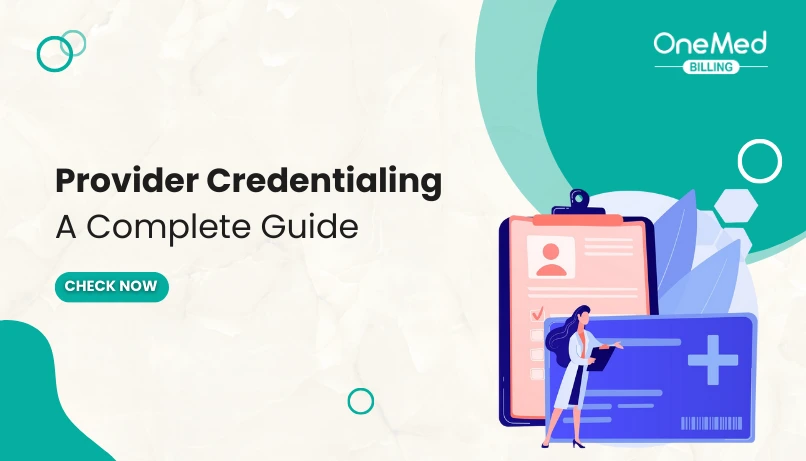
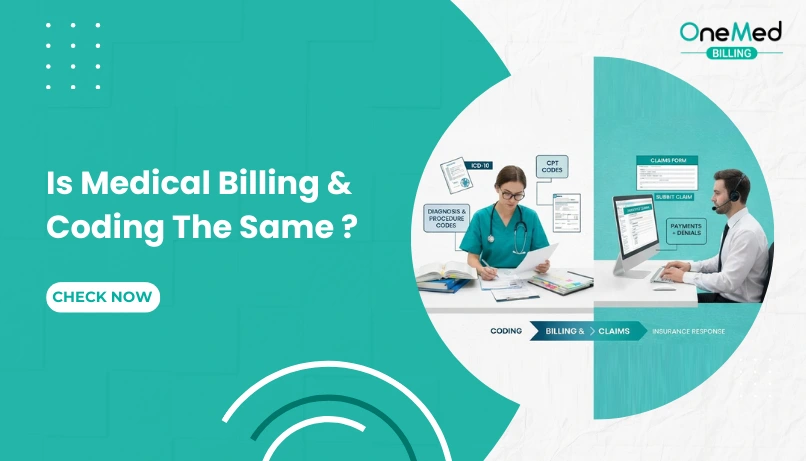
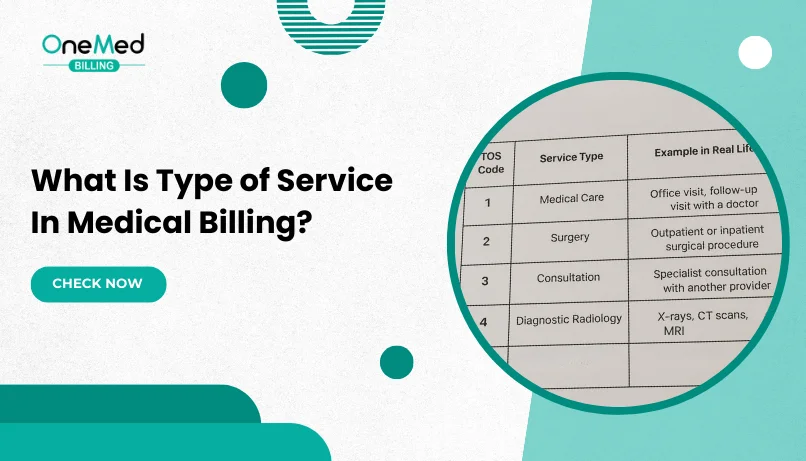
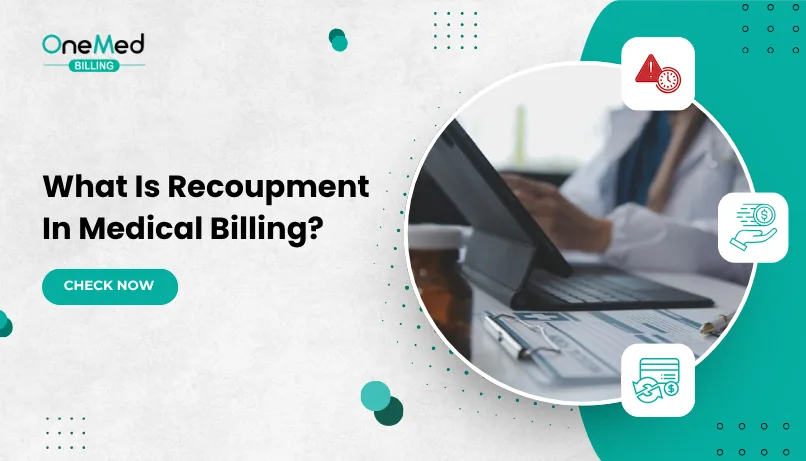
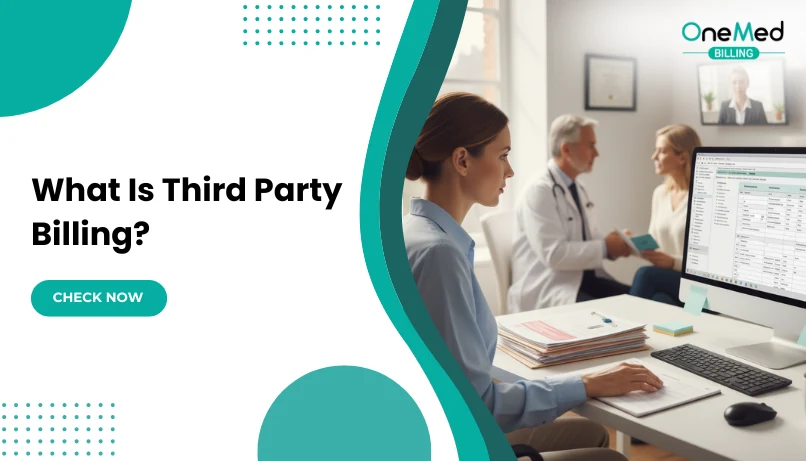
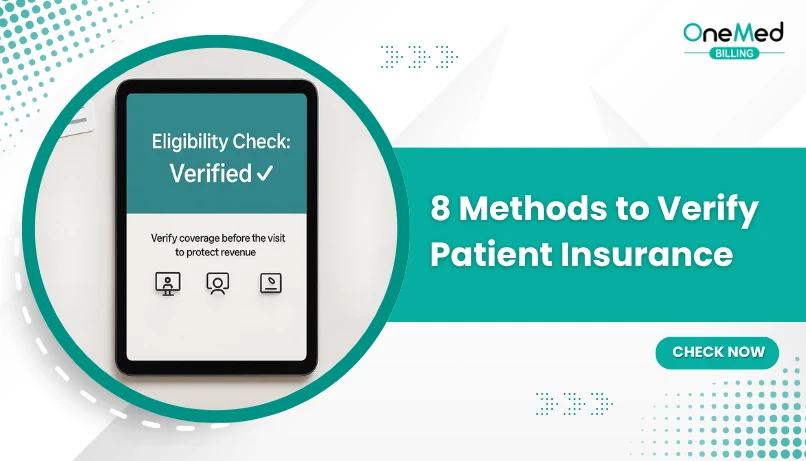
Comments (0)